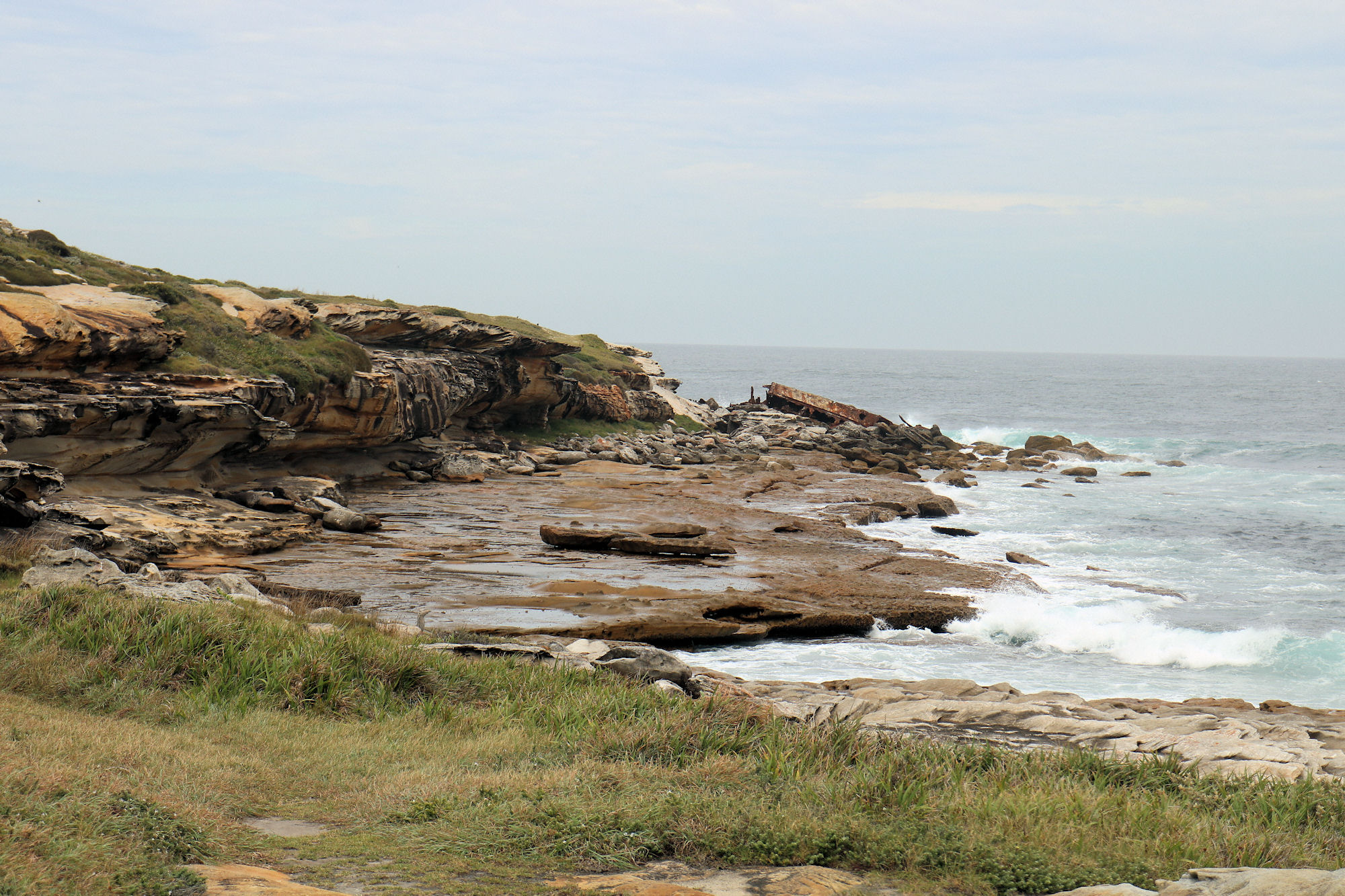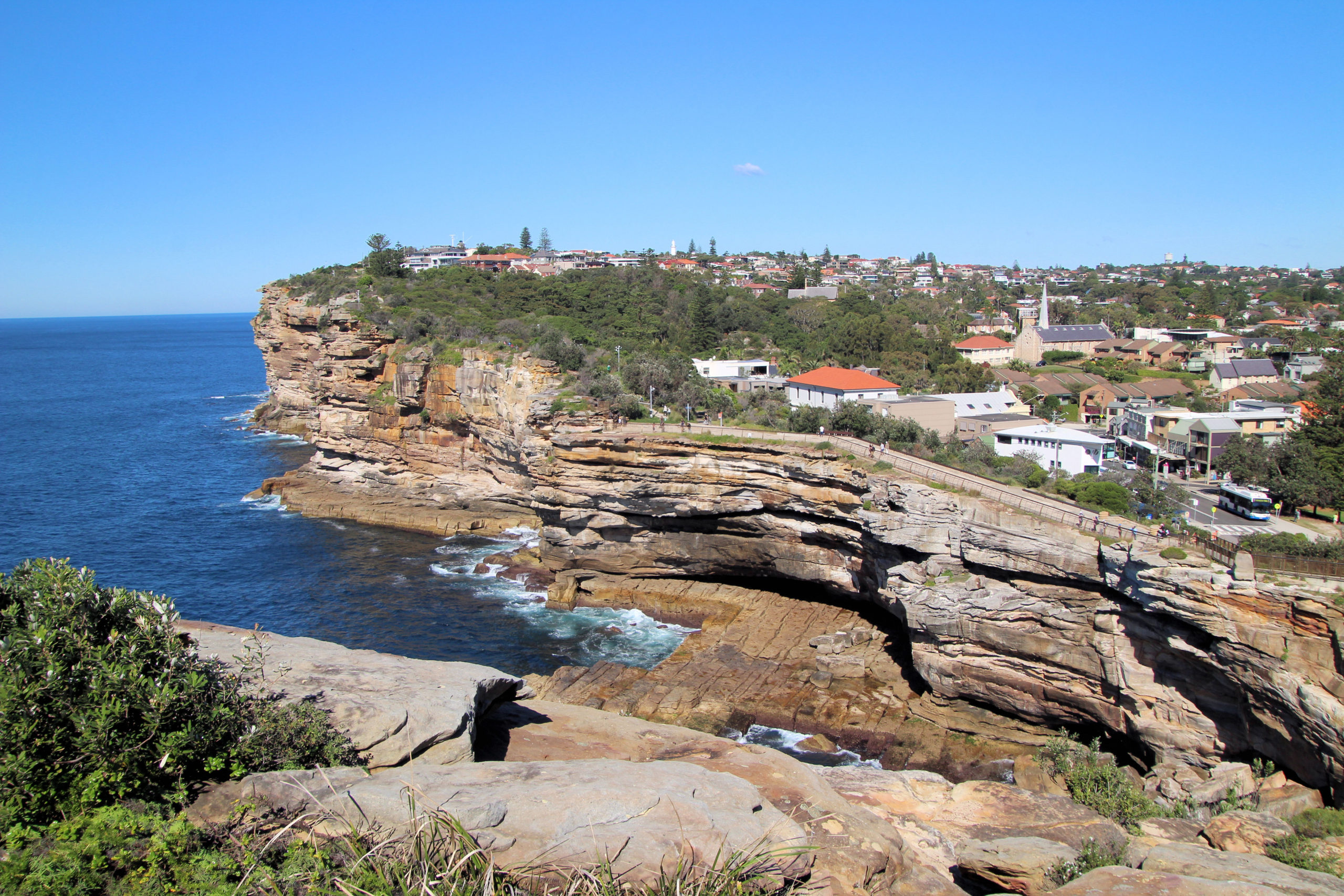Tag: Fortress
-
Cape Banks Botany Bay National Park

Cape Banks Getting There We drove to Cape Banks and parked near the pistol club and helicopter base. This large car park has plenty of space, so parking shouldn’t be a problem. Cape Banks Walking Track The Cape Banks Walking track runs past the Westpac Lifesaver Helicopter Base towards the coast. On the way you… Read more
-
Mont Saint Michel

Mont Saint Michel is an abbey built on an island that used to be isolated at high tide, established by a bishop after seeing a vision from the Archangel Michael (hence its name). Why Did We Go? Mont Saint Michel is one of those iconic places that looks fantastic in a photo, making it a… Read more
